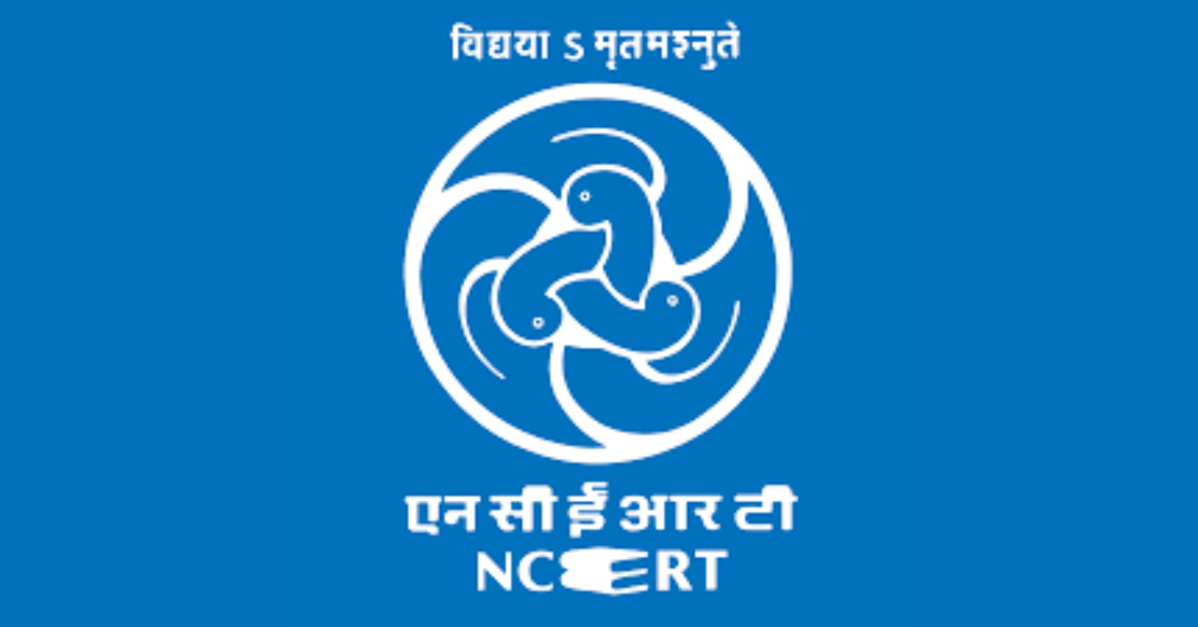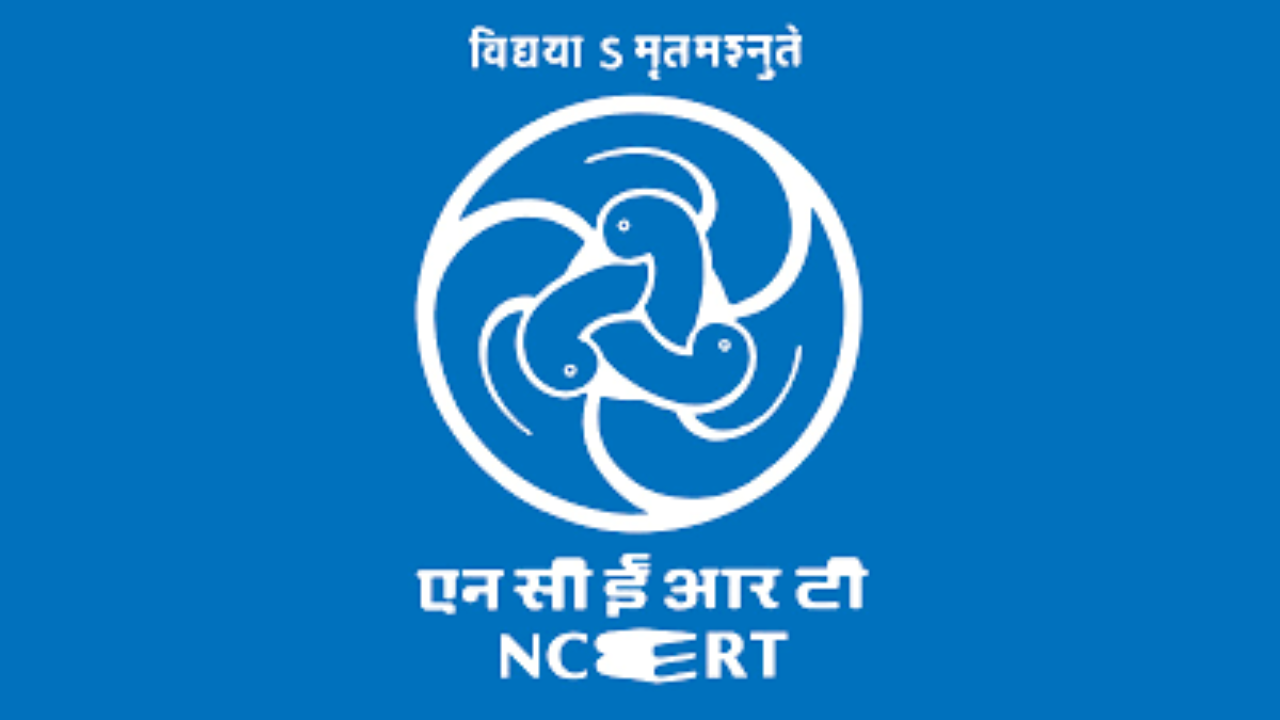
NCERT books for class 4 students in govt schools from 2026, ETEducation

Prayagraj: More than 1 lakh class 4 students in govt-run primary schools across UP will study from National Council of Educational Research and Training (NCERT) textbooks from academic session 2026–27. Basic education department is implementing NCERT books in a phased manner, updating them as per the state’s context. In the ongoing session (2025–26), class 3 students already have NCERT books, while classes 1 and 2 adopted the new curriculum in previous sessions. Now, the department has floated a separate tender for publication and free distribution of NCERT textbooks and workbooks for classes 1 to 4. For class 4, students will get new NCERT books such as Veena (Hindi language), Santoor (English), Ganit Mela (Mathematics), Hamara Adbhut Sansar (Environmental Studies), Sanskrit Sudha, Bansuri (Art Education), and Riyazi (Urdu), along with corresponding workbooks. The process of publishing and supplying these books is underway to ensure their free availability before the new academic session begins on Apr 1. The task of contextualising NCERT content for UP is being handled by experts from State Institute of Education, English Language Teaching Institute and State Hindi Institute. Final approval will be sought from NCERT after customisation.Meanwhile, despite these curriculum upgrades, many teachers are reportedly reluctant to use digital teaching tools. Instead of engaging students through available audio-visual aids, teachers are relying solely on learning from textbooks. As a result, facilities like smart classrooms, ICT labs, and digital libraries remain underutilised. Directorate of school education, Monika Rani, has instructed identification of 10 schools per district with the least digital usage and headmasters of these schools will have to explain their non-compliance. In the last two years, the state set up 7,409 smart classrooms, 4,686 ICT labs, and 570 digital libraries, yet many lie unused. The DG has directed regular reviews to ensure proper use of these resources, emphasising that significant public funds have been invested for students’ benefit.
Source link



